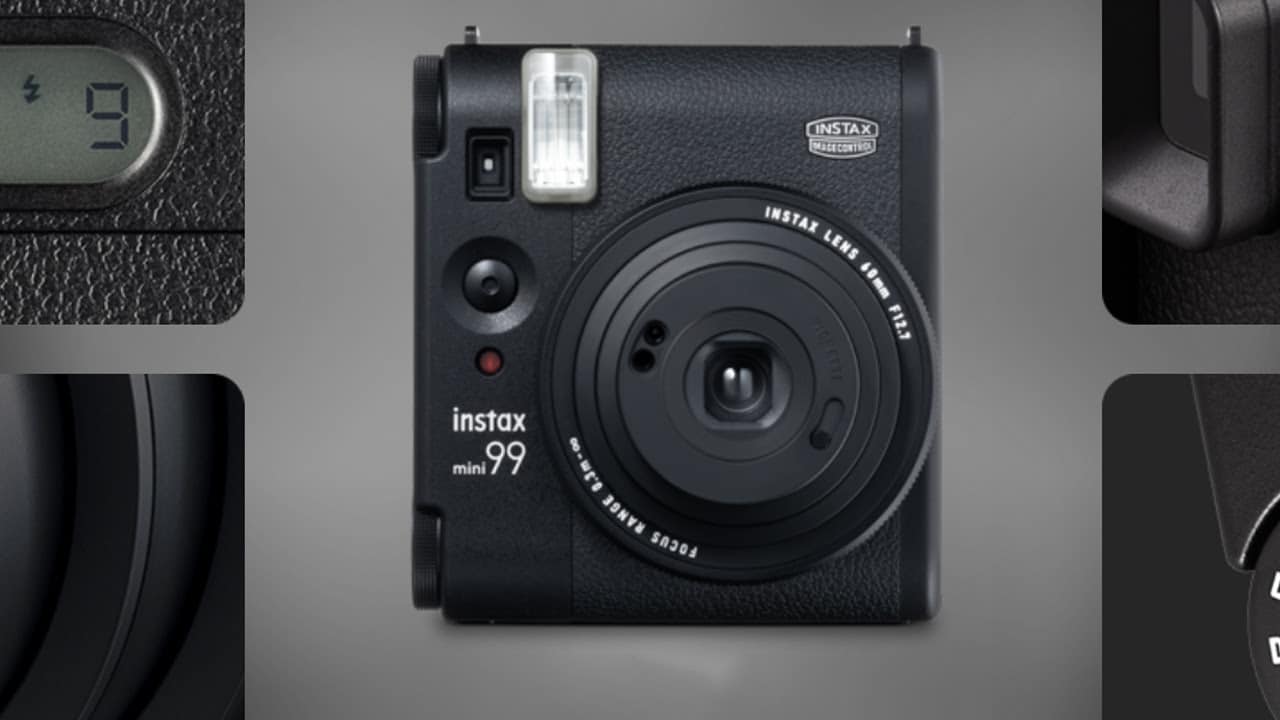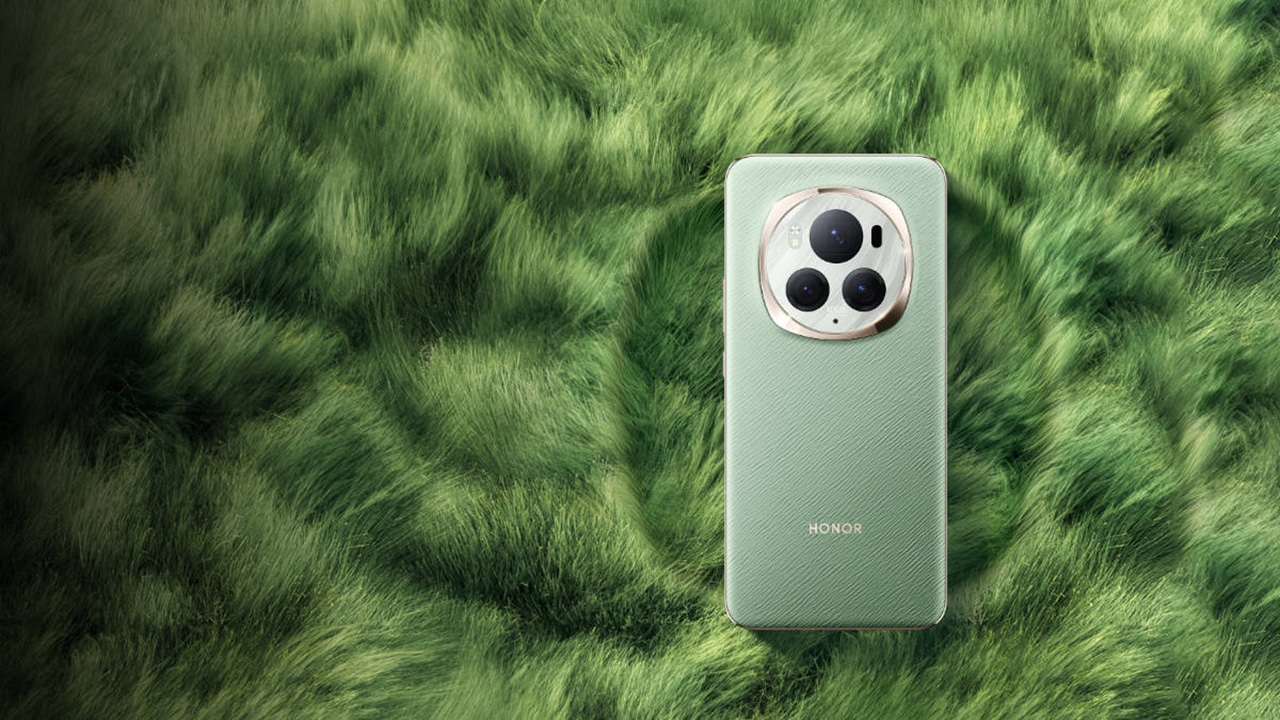Pokémon Go in the past
Pokémon Go was one of the most anticipated mobile games back in 2016. And when it officially launched, people of different ages embraced the game wholeheartedly and were seen outside, sometimes in packs, staring at their phones as they walk.
Although give or take a year after its release, a big chunk of its total players (including my wife and I) have stopped opening the app due to its repetitive gameplay. Plus, the number of Pokémon species back then was also limited, being it was just a newly launched game and still not fully developed right off the bat.
Back then, that basically sums up the game — you catch Pokémon, evolve them when you get enough candies, battle a pre-programmed representation of other people’s Pokémon, and nothing more. No trading, no live battling, none.

Now it’s 2020 and one can pretty much say the game is bigger in most countries than ever before. Although, they’re mostly the really loyal fans now. This makes those who stopped playing the game go, “you still play Pokémon Go?” when they see players today. No offense meant to those who stopped playing, it’s just that some are way more into the franchise than others. And yes, those are individuals like my wife and me.
I’m no longer going in-depth as to what kind of game Pokémon Go is. Basically, for those who aren’t familiar, it’s a location-based game which means you’ll have to physically go to different locations in order to digitally encounter Pokémon and eventually “catch ’em all”.
Pokémon Go today
Today, four years after its launch, the game has evolved (pun intended) into a more dynamic game that heavily involves other players around you and even friends that live on the other side of the planet. This leads us to our first point.
Trading system
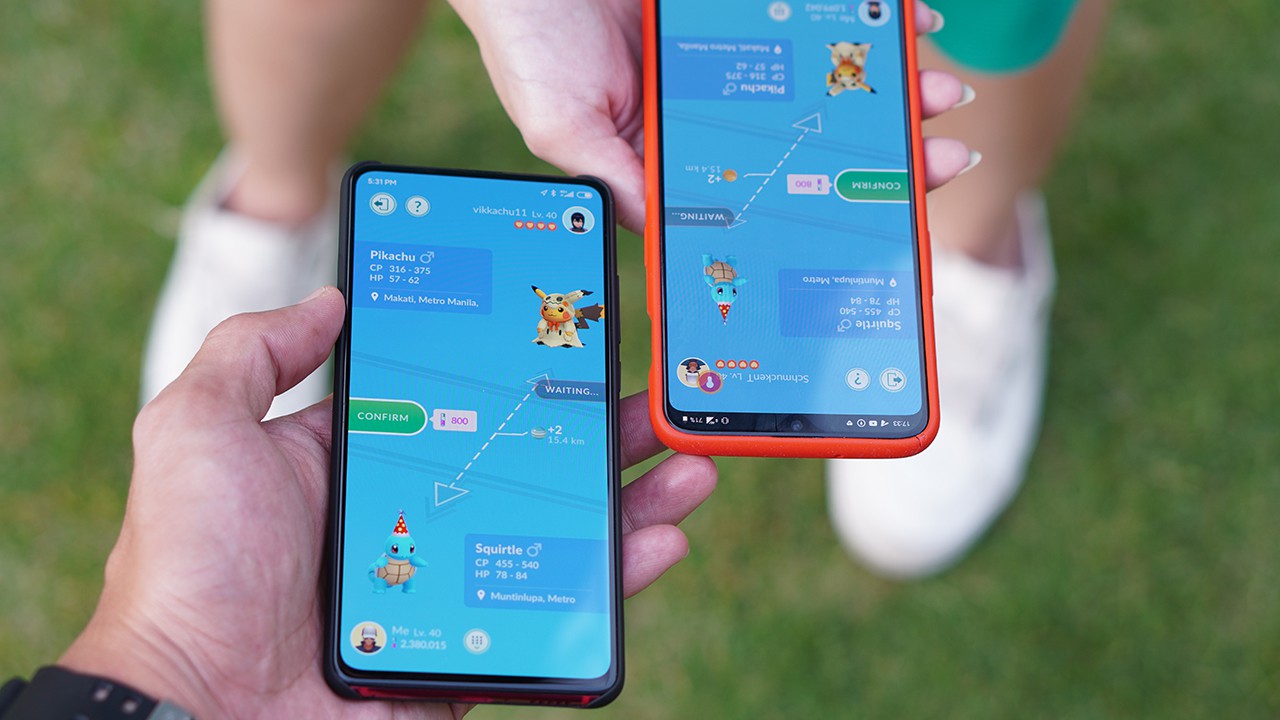
Think about this: You’re here in the Philippines and you’re talking to your friend who lives in Ontario, Canada and you both could be looking forward to the next time you see each. Why? Because you could be wanting to trade Pokémon that are unique to your geographical locations. It could very well be that last Pokémon entry in your collection needed to complete your Pokédex.
This alone makes the game more dynamic and adds another layer to the gameplay. Because of this, players sometimes consider their next travel destinations strategically and are particular whether or not there is a unique Pokémon that they can catch. It kinda sounds too much for a game but it actually gives a certain sense of accomplishment to have traveled and caught a rare species yourself!
Raiding system
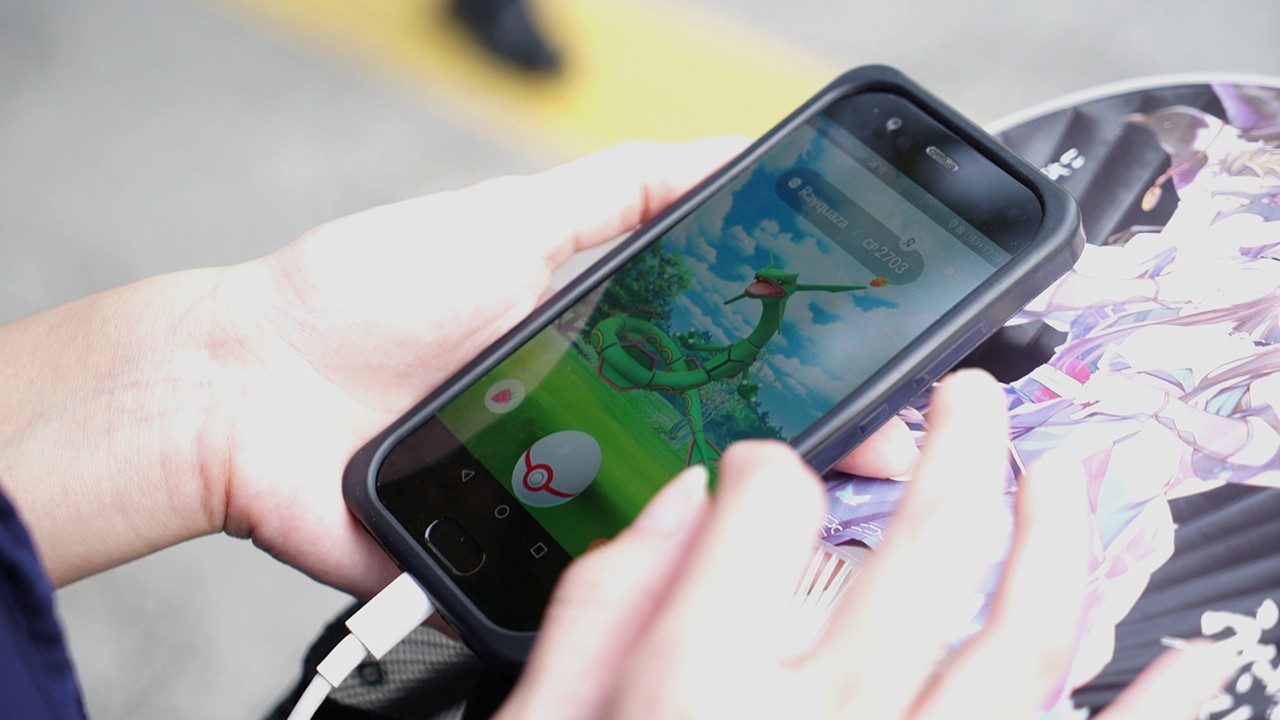
Legendary, powerful monsters only appear through raids. When a really strong Pokémon appears on a specific area at a specific time, players need to gather and go to the said location to have that one boss fight to take down and get a chance to catch it afterward.
This poses the need to team up with other players even if it’s just the first time you’ve seen each other. Usually, people would just walk up to each other in that specific area and ask if they play and if they want to do the battle together. Up to 20 people can team up to try and take one boss Pokémon down. As a result, players even form group chats just to coordinate tomorrow’s raid battles.
Worldwide events
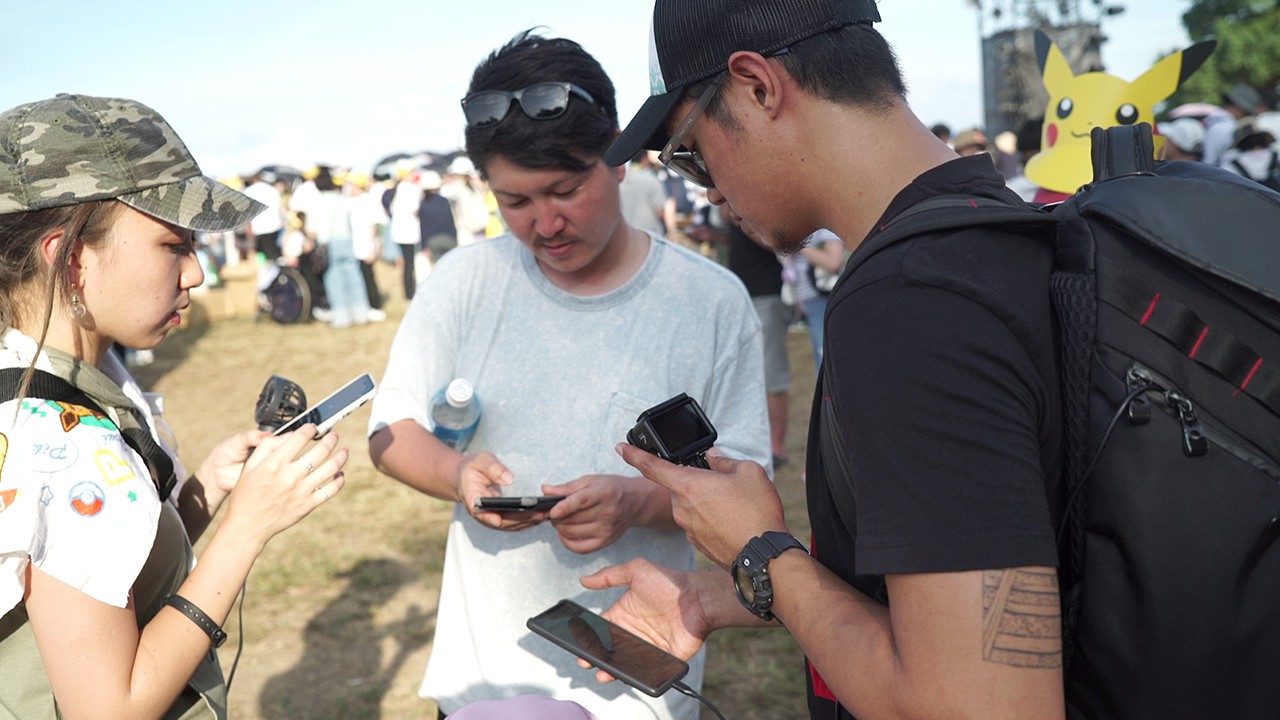
As if it’s still not obvious that Niantic, the game’s developer, want this game to be a friendly game and bring people together, they host international events that players from other countries fly to just to play with like-minded people (mostly adults like us who aspire to be like Ash Ketchum) from different parts of the world.
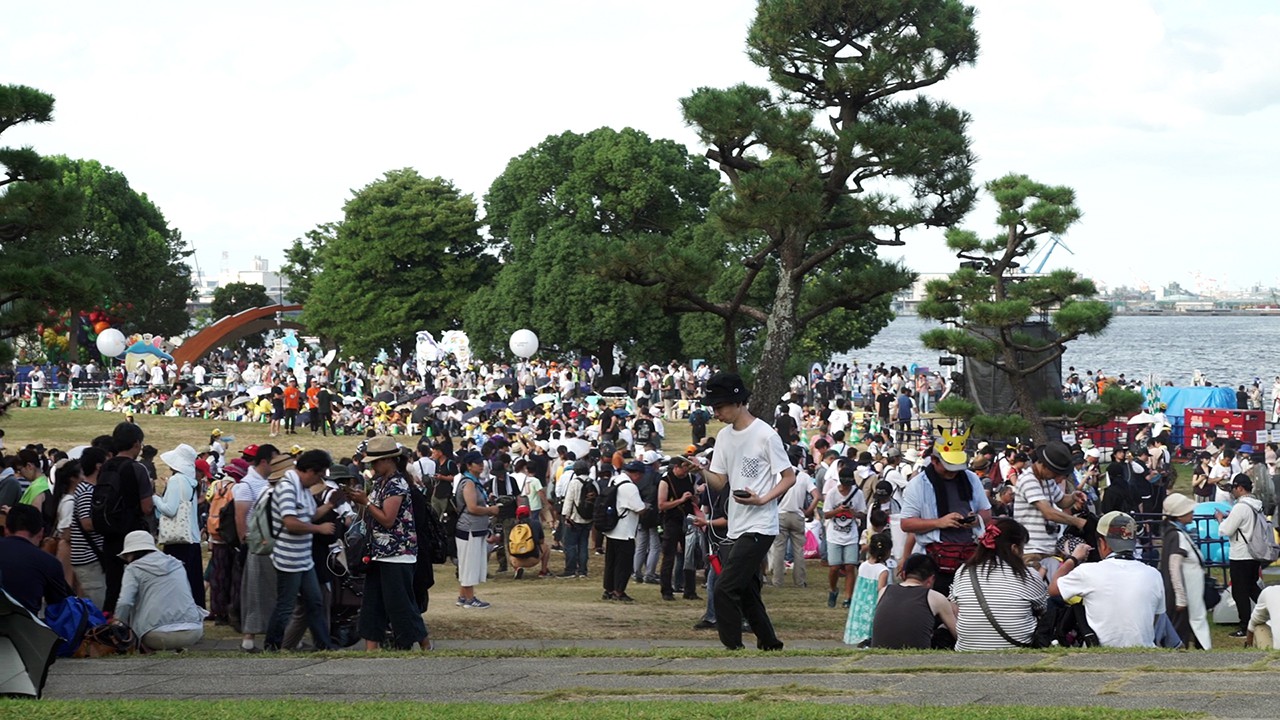
My wife and I have been to a couple of these events in cities like Tokyo and San Francisco, among others and they’re really big events — usually with hundreds of thousands of attendees gathering for a single event. For 2019, Niantic happily reports that the total number of its attendees reached 2.7 million.
Battling system
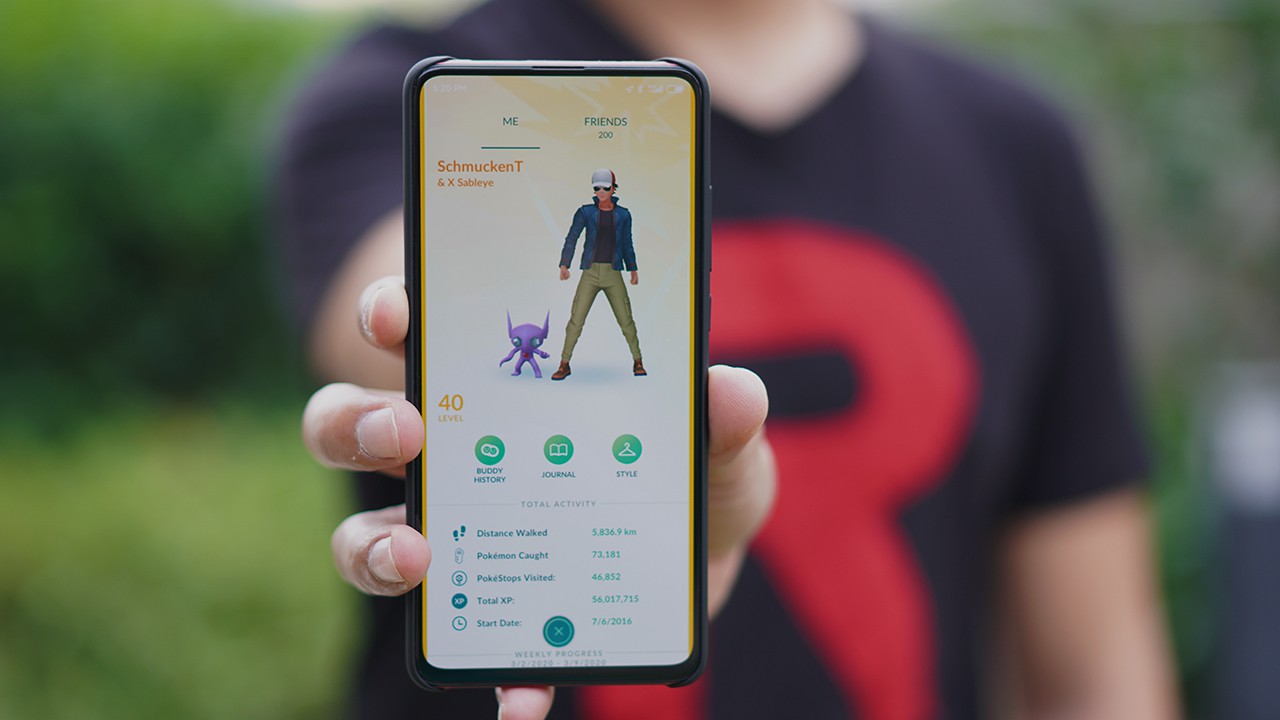
Just like in the animated series, trainers use their Pokémon to battle other trainers and it’s where the game is currently exploring and improving on.
Today, you can challenge people around you through scanning their device’s QR codes. And friends who have been playing together for a long time can do battles even if they’re not in the same area. So it’s a matter of training and powering up your own monster to eventually battle it out against your friends.
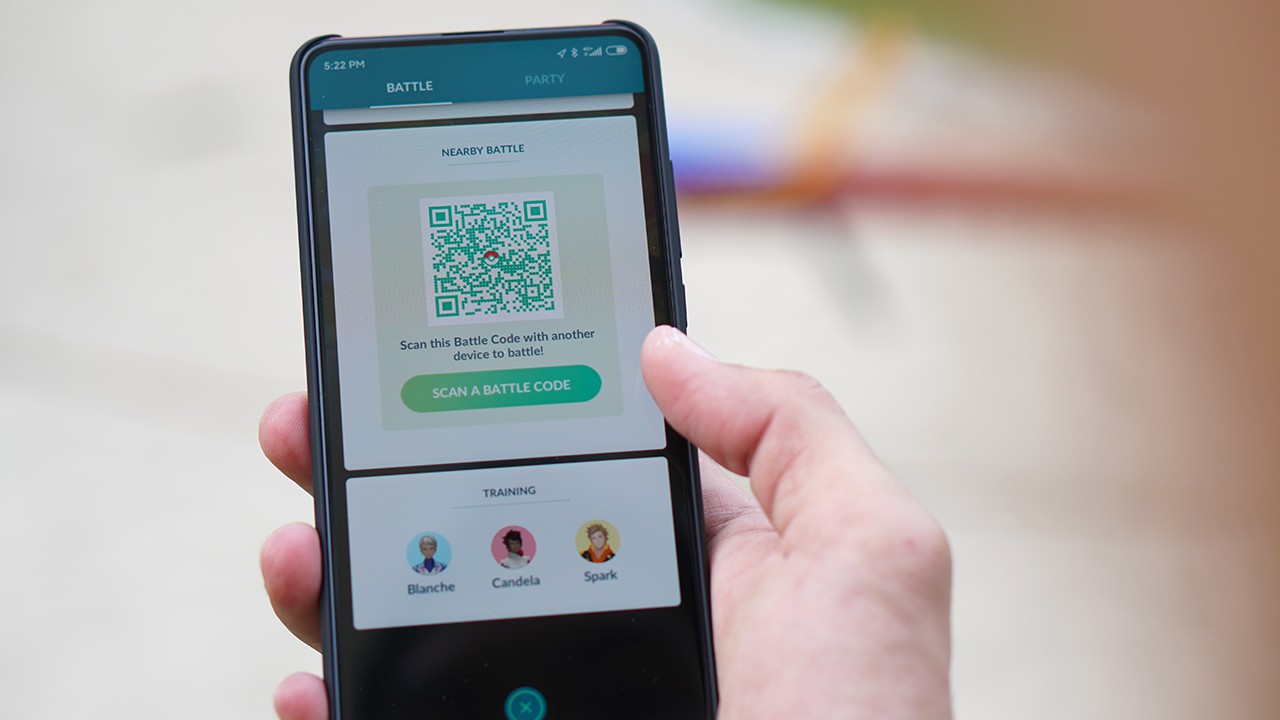
Additionally, there are random encounters with the evil Team Rocket that you need to defeat. This, on its own, is a whole new addition that positively contributes to the gaming experience while staying faithful to the franchise.
Pokémon Go in the future
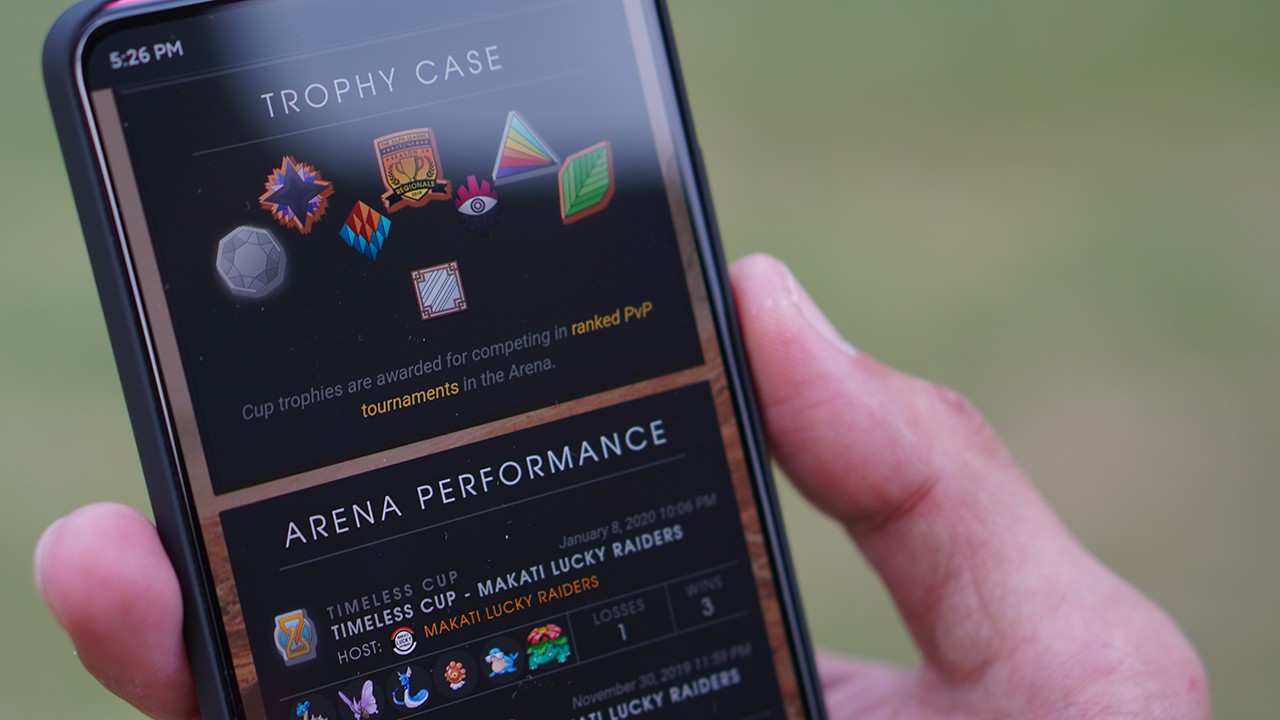
So has the game reached its peak stage in four years’ time? Are there no more space for improvements? I honestly do not think so.
The battling system, specifically PvP or player vs player, is pretty much on its way to being an official e-sport to join the likes of League of Legends and Fortnite. PvP coaches for Pokémon Go (yes, they exist and they’re legit) have been working hard to make it happen so it’s probably just a matter of time until we see that.
As it is, global tournaments with global rankings for players trainers have now been made a reality. Basically, you can live a Pokémon trainer’s life and be the best like no one ever was!
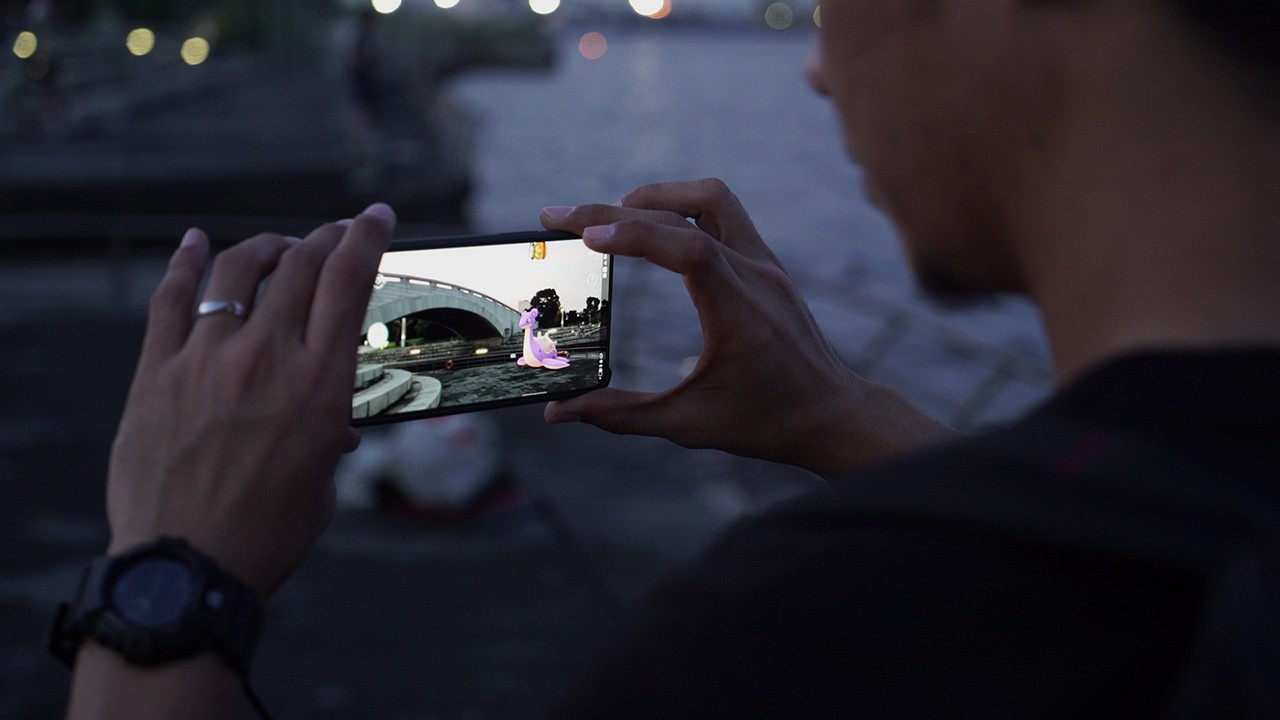
Additionally, I wouldn’t say that Pokémon Go is simply a game. It can also be considered as a social platform that connects fans of the franchise from literally all over the world. There are also different ways to play the game — there are, of course, the completionists who need to have every single Pokémon in the ‘dex, the shiny Pokémon hunters, battlers who train to compete with other people, and some use it as a form of exercise since it requires you to walk around. I actually saw a bunch of elderly people playing the game and walking around parks in Taipei and they looked like they were having genuine fun.
In short, it still has a lot of potential in the coming years and is possible to offer more kinds of gaming experience for its fans.
CHECK OUT: 8 Must-have Nintendo Switch accessories for better gaming



